Economic Oppression
The practice of forced labor, low wages, employment discrimination and denial of equal opportunity based on sex, nationality, race, or religion.
From slavery to Jim Crow and beyond the Civil Rights Era, this could be one take on the history of African-Americans in the United States. Tragedies and triumphs, marked by injustice and overcoming adversity despite incredible odds, African-American history is a rich history. For many reasons the attempt to fully explore it and its effects in a robust and inclusive way is still ongoing. Jim Crow was a way of life to make sure that whites maintained superiority over African-Americans through segregation laws, customs, and attitudes.
“You cannot have a race in which one runner is loaded down with weights and chains for half the race, remove them, and suggest that from then on it’s a fair contest.” - Michael Tanner, Cato Institute senior fellow
However, what legacy has Jim Crow left on us? This site was created to explore this history and connect to current events. In order to uplift and improve the African-American community, there must be a cultural shift that creates consciousness and social action. This cultural shift begins with dialogue, and the dialogue starts here.
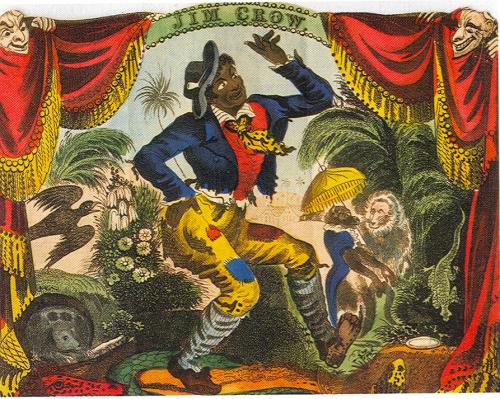
Thomas Rice Playing Jim Crow in Blackface, New York City, 1833
In 1828, a white entertainer in New York by the name of Thomas Dartmouth “Daddy” Rice danced and sang mocking an African-American slave, the act was called “Jump Jim Crow”. His performance became a huge hit across the country and initiated a new form of American popular culture through music and theatrical performance.
“He would put on not only blackface makeup, but shabby dress that imitated in his mind—and white people’s minds of the time—the dress and aspect and demeanor of the southern enslaved black person.” - Eric Lott, author of Love and Theft: Blackface Minstrelsy and the American Working Class.
The popularity of Jump Jim Crow and the minstrel shows as entertainment caused many whites to refer to most African American males as Jim Crow. It wasn’t just to point out his or her skin complexion, it was to belittle that person and reflect the dumb, lazy, and sneaky caricature that Rice performed.
In 1865, during the Reconstruction era the Thirteenth Amendment outlawed slavery, but African Americans still faced many obstacles.
“Neither slavery nor involuntary servitude, except as a punishment for crime whereof the party shall have been duly convicted, shall exist within the United States, or any place subject to their jurisdiction.” - Thirteenth Amendment
White southerners in former Confederate states felt threatened by African-Americans who wanted equality and thus established “black codes.” These laws were designed to restrict freed slaves activities and ensure that they could still be used as a labor force by requiring them to accept unfavorable work contracts. African-Americans could not own property, conduct business, own or lease land, and vote or bear arms.

The Freedmen's Bureau / Drawn by A.R. Waud, 1868
The Bureau of Refugees, Freedmen, and Abandoned Lands was created by was established by Congress in 1865 to help former African-American slaves and poor whites in the South transition in this new society during the Reconstruction era of the United States.
“We have the power to pass stringent police laws to govern the Negroes—this is a blessing—for they must be controlled in some way or white people cannot live among them.” - Alabama planter
Towards the end of the Reconstruction period, the South continued to disfranchise African Americans through legal means by reestablishing many of the black codes into “Jim Crow laws.”
Between 1877 and 1954, Jim Crow became a way of life that signified the segregation of African Americans to lesser, separate facilities from whites over four generations. The Jim Crow Laws were enforced and disenfranchised African-Americans economically, politically, legally, socially, and personally, which broaden the reach of the Black Codes and thus made them second class citizens.

Negro expulsion from railway car, Philadelphia, 1856
In 1892, Plessy boarded a "whites-only" compartment on a train, and was arrested after he refused to move to a "colored" compartment when told to do so. He argued this violated the Fourteenth Amendment.
“All persons born or naturalized in the United States, and subject to the jurisdiction thereof, are citizens of the United States and of the state wherein they reside. No state shall make or enforce any law which shall abridge the privileges or immunities of citizens of the United States; nor shall any state deprive any person of life, liberty, or property, without due process of law; nor deny to any person within its jurisdiction the equal protection of the laws.”- Fourteenth Amendment
In 1896, the U.S. Supreme Court determined that “separate but equal” accommodations African Americans were permitted under the Constitution. The Fourteenth Amendment “could not have been intended to abolish distinctions based upon color, or to enforce social, as distinguished from political equality, or a commingling of the two races upon terms unsatisfactory to either.”
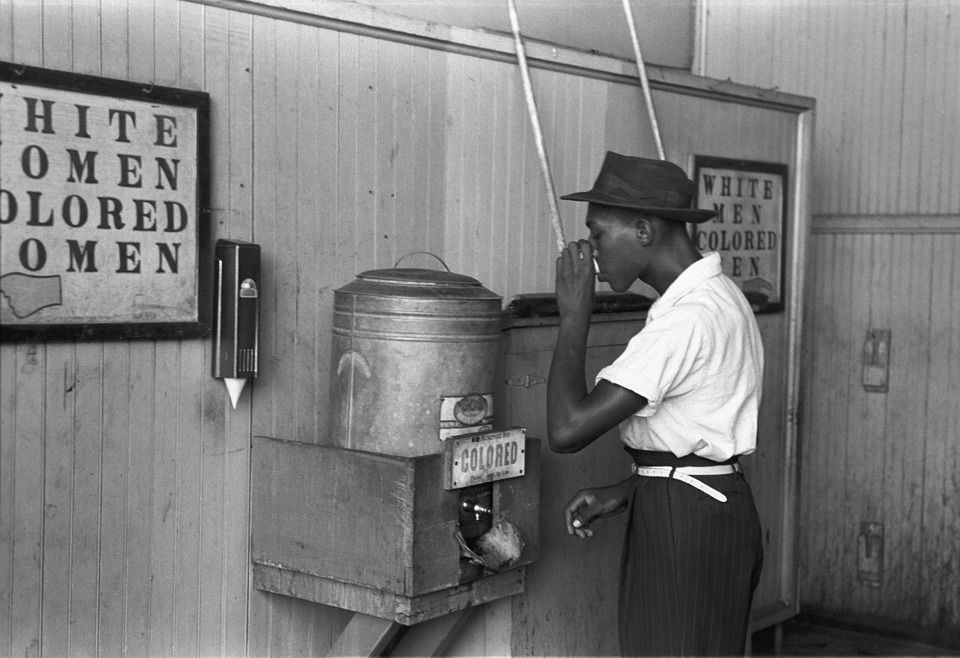
Negro drinking at "Colored" water cooler in streetcar terminal, Oklahoma City, Oklahoma, 1939
Under Jim Crow, public venues such as water fountains, restrooms, bus waiting areas, movie theaters, swimming pools, and public schools were segregated. Private restaurants, restrooms, hospitals, churches, libraries, schoolbooks, waiting rooms, housing, prisons, cemeteries, and asylums also had “whites only” and “colored” signs. However, most “colored” facilities were older, poorly maintained, and less resources even if there was a facility available. Exclusion from white society forced African Americans to build their own communities. The Jim Crow laws also affected social relations. African Americans and whites could not marry by law, or socialize by custom.
African Americans who violated Jim Crow norms risked their homes, their jobs, and even their lives. They could be arrested, attacked, or worse killed. According to the Equal Justice Initiative, between 1877 and 1950, 3,959 black men, women and children were lynched, captured, and viciously murdered by mobs. Most of the lynch victims were hung or shot, but some were burned at the stake, castrated, beaten, or dismembered. Since the laws and customs were different from place to place, it made it difficult for African American’s to know the local social customs. Many times, newspapers would advertise upcoming hangings. African Americans did not have many legal options against these assaults because the police, prosecutors, judges, juries, and prison officials were all white.
In 1954, Brown v. Board of Education outlawed racial segregation in public schools arguing that “separate educational facilities are inherently unequal.” Brown opened the door to formally address other forms of racial inequity and integrate public facilities. The Civil Rights Act of 1964 and the Voting Rights Act of 1965, helped fight racial discrimination by banning segregation in public places and outlawing discriminatory voting practices that prevented African Americans from voting. However, changing these laws did not change customs. De facto segregation, segregation by custom rather than by law - is still with us.
As chief counsel to the NAACP, Thurgood Marshall argued Brown vs Board of Eduction which paved the way to outlaw racial segregation in public places.

The practice of forced labor, low wages, employment discrimination and denial of equal opportunity based on sex, nationality, race, or religion.
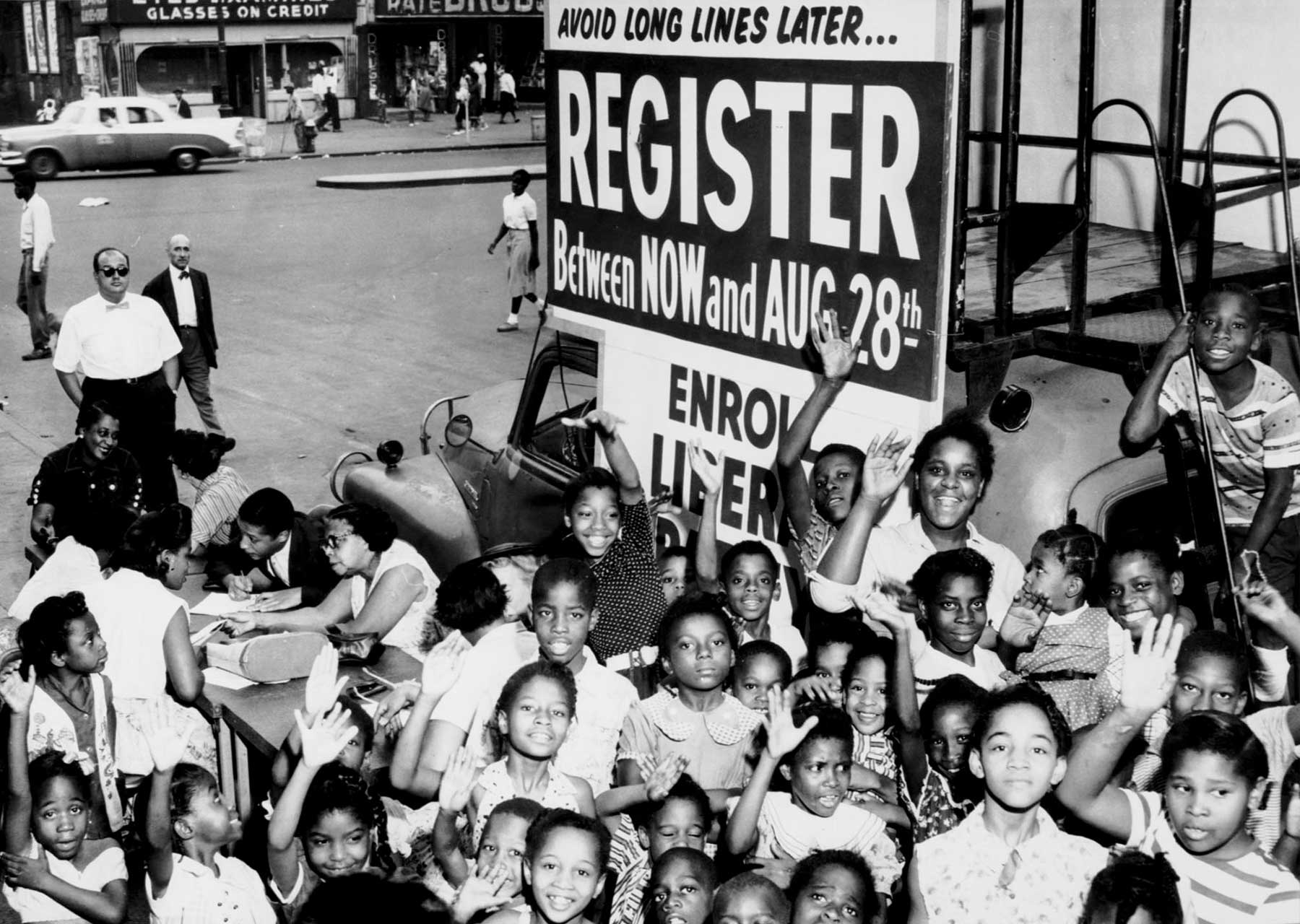
The persecution of an individual or group for political reasons, in particular for the purpose of restricting or preventing their ability to take part in the political life of a society.
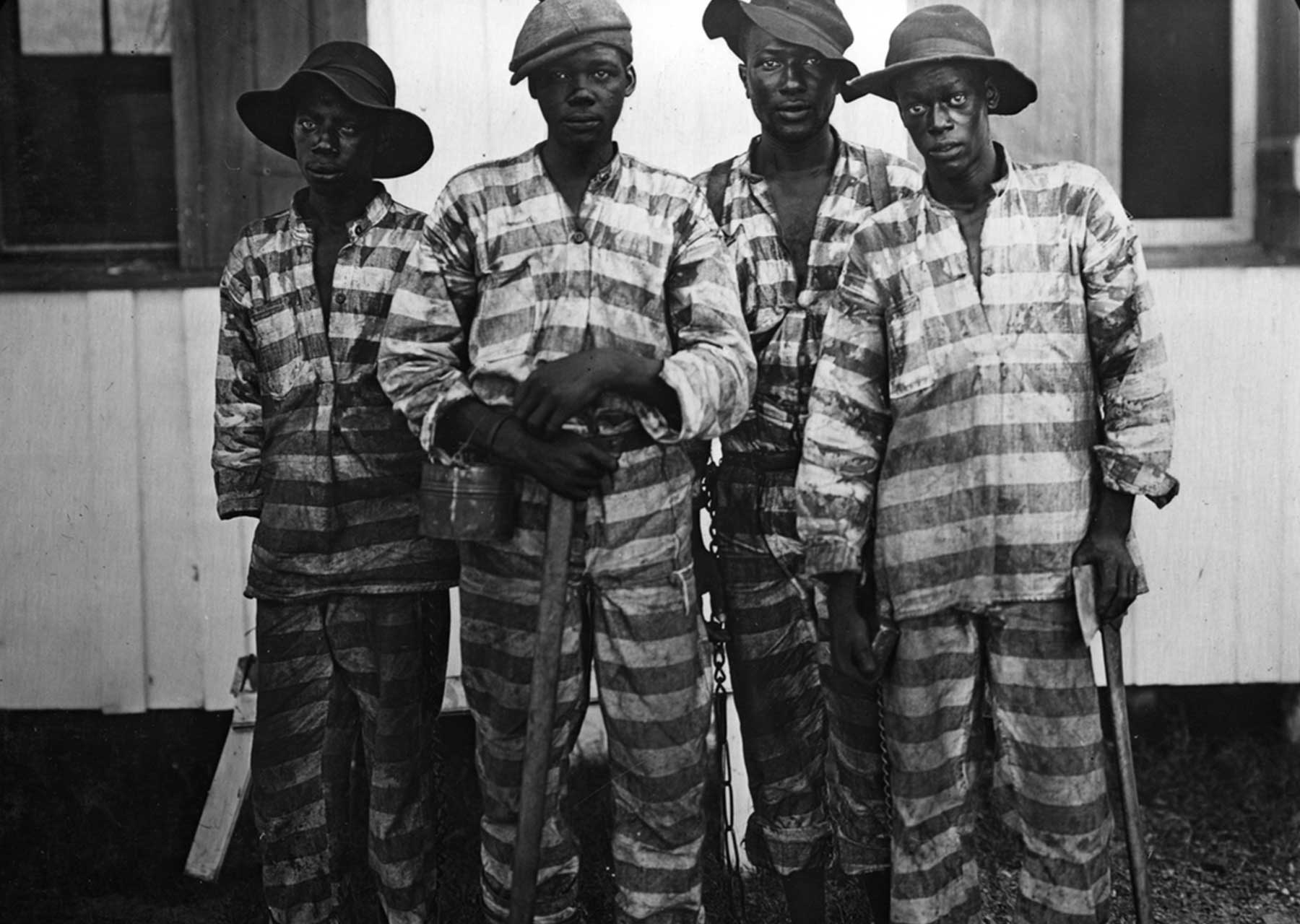
The institutionalized exercise of authority in subordination of a given group or social category by unjust use of force or authority in order to achieve the effects of systematic oppression approved by a legal system.
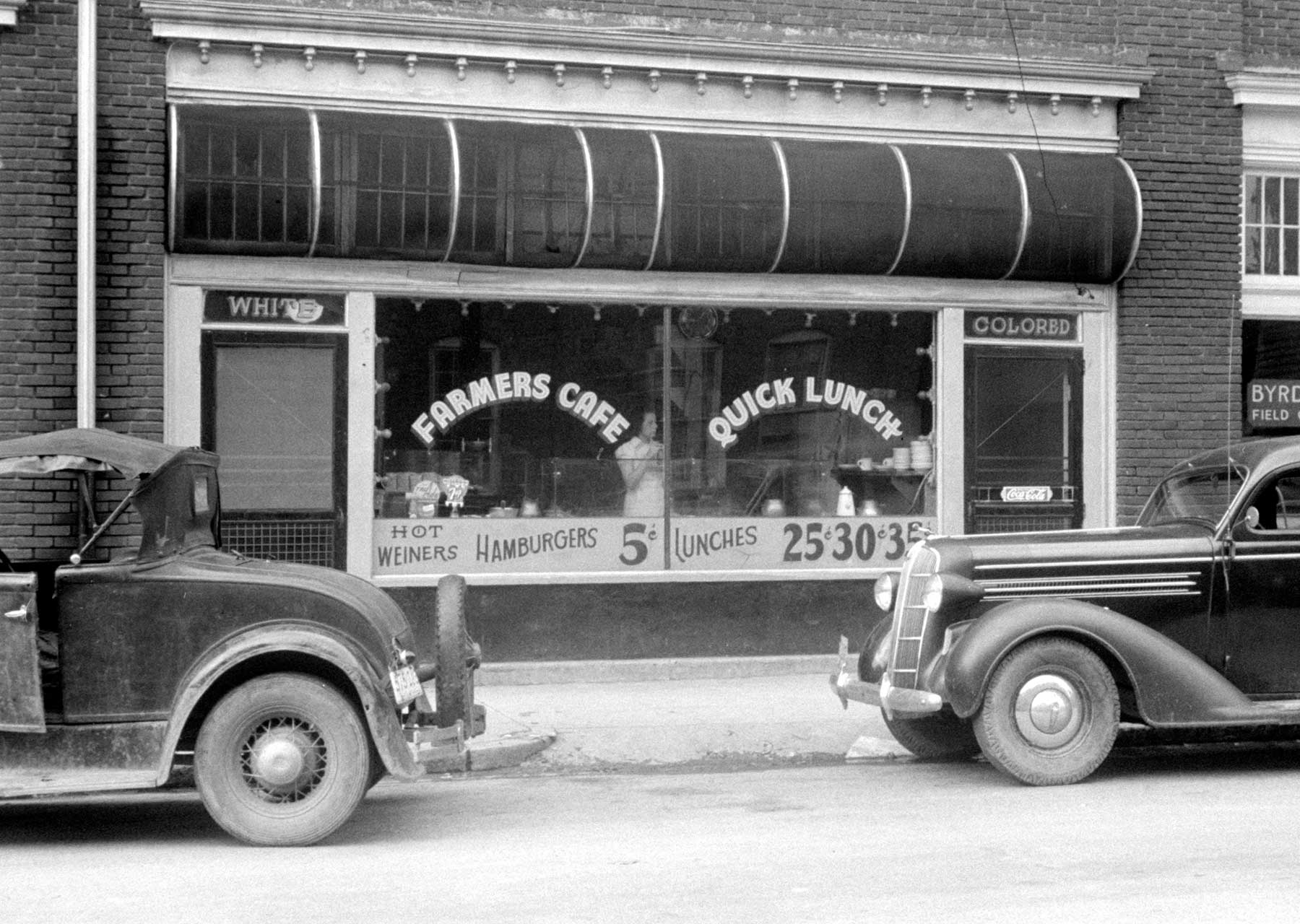
The relationship of dominance and subordination that is socially supported between categories of people in which one benefits from the systematic mistreatment, exploitation, and injustice directed toward the other.
In the years immediately following Brown v. Board, five Southern legislatures passed almost fifty new Jim Crow laws. The Ku Klux Klan terrorized locals and bombed the homes and churches of African-Americans. Civil right leaders, activists, and local communities organized boycotts, marches, and sit-ins. The outcome of these protests and demonstrations, which fought for equality became violent.

Key locations in Birmingham such as the Sixteenth Baptist Church, Kelly Ingram Park, and A.G. Gaston Motel.
Dr. Martin Luther King Jr. considered Birmingham, Alabama, on of the most segregated cities in the United States, in the 1960’s. Even though the city’s population was 60% white and 40% African-American, there were no African-American police officers, firefighters, sale associates, bus drivers, or bank tellers. The unemployment rate for African-Americans was two and a half times higher than whites, and their income was half. Moreover, only 10% of the African-American population was registered to vote.
The Birmingham Campaign was a movement led in early 1963 by the Southern Christian Leadership Conference (SCLC) who hoped to bring national attention of the efforts of local African-American leaders such as Dr. Martin Luther King Jr., Reverends James Bevel, and Fred Shuttlesworth to desegregate public facilities in Birmingham, Alabama. This campaign was a model of nonviolent protests, and with the media, drew attention to racial segregation in the South. Eventually, this led to the city’s government to change discriminatory laws and helped with the writing and passage of the Civil Rights Act of 1964.
From May 2 to May 5, 1963, thousands of children left their schools in Birmingham, Alabama, to march for civil rights. Police officers responded by using water cannons and dogs to attack and then arrest the children.
Explore important Civil Rights sites and Marches in Birmingham, Alabama.
Location: From Kelly Ingram Park (16th Street North and 6th Avenue) to City Hall (20th and Park Place)
Time: April and May, 1963
Marchers organized at churches all over Birmingham where African-Americans held mass meetings to rally, pray and strategize. Often, they then met at St. Paul United Methodist Church or Sixteenth Baptist Church, towards City Hall to protest:
Location: From Kelly Ingram Park to
City Hall
One of the strategies of the Birmingham Campaign targets the city’s various retail locations. This campaign consisted of sit-ins at lunch counters, and striking Birmingham’s retail stores that refused to serve or hire African-Americans causing economic pressure.
Location: From Linn Park at Richard Arrington Blvd to Phillips High School
Education was key to ensuring a better life for African-Americans. Members of the Ku Klux Klansmen beat, harassed white educators who came from the North to teach African American children. Schools that catered to the African-American children were burned down.
Location: From Linn Park at Rev. Abraham Woods Blvd to Oak Hill Cemetery
Reverend Fred Shuttlesworth launched various campaigns against all forms of segregation in Birmingham. Those who marched faced mobs, police dogs, and fire hoses. He helped and supported college students who faced brutal treatment and struggled during the Jim Crow era.